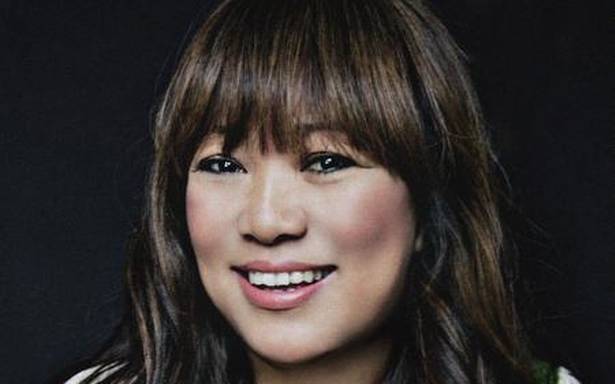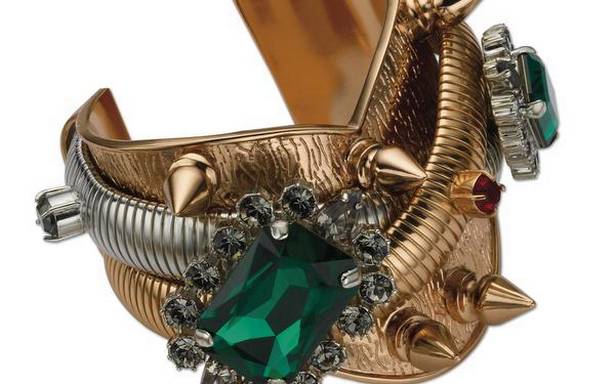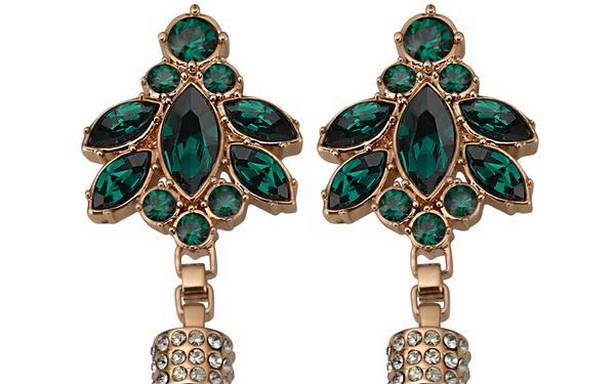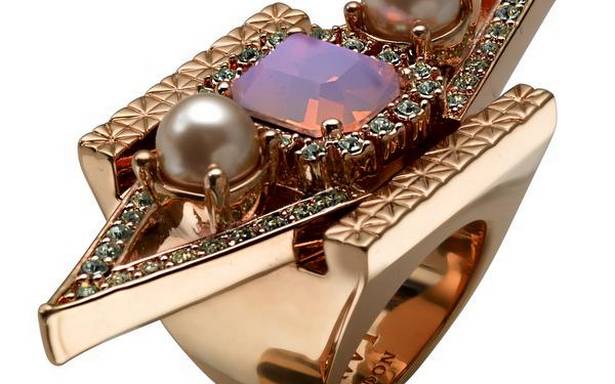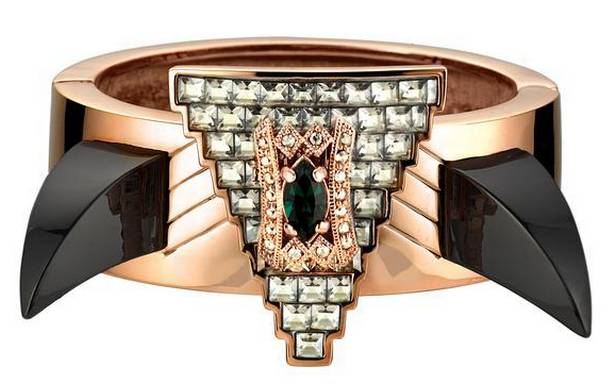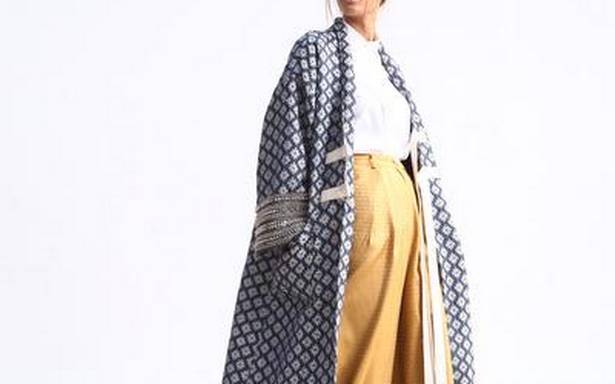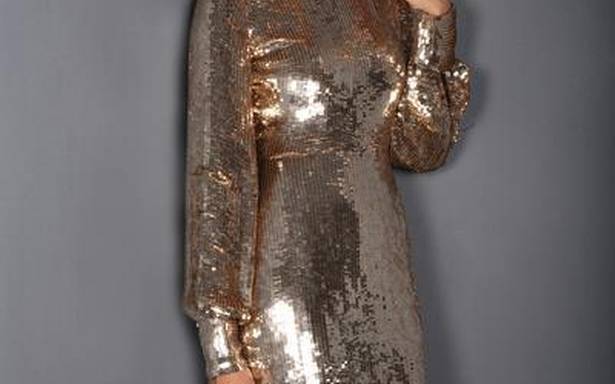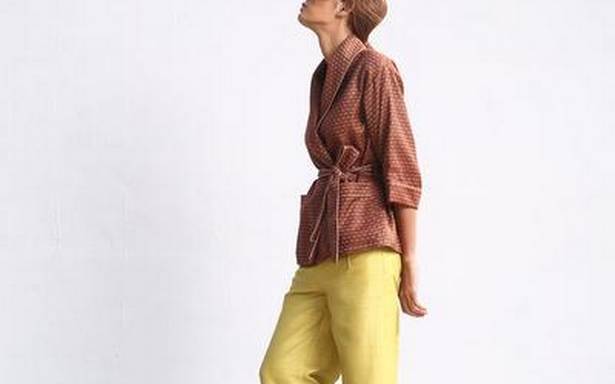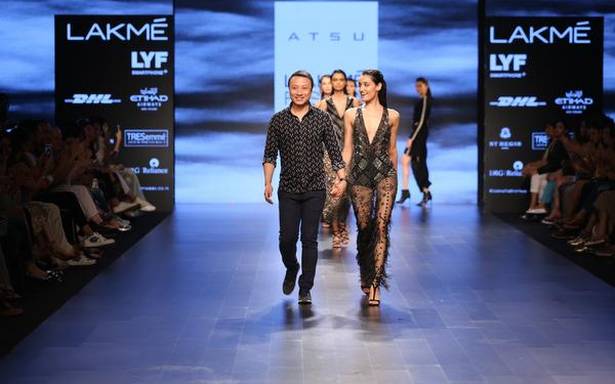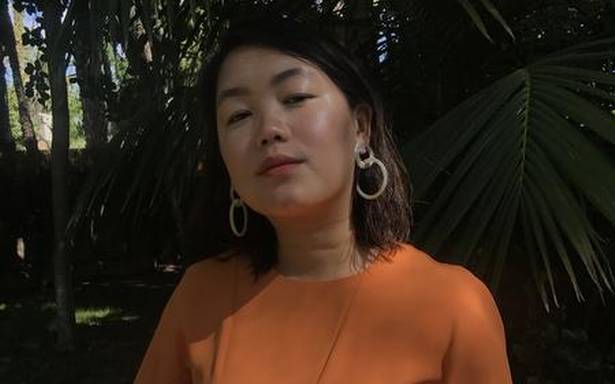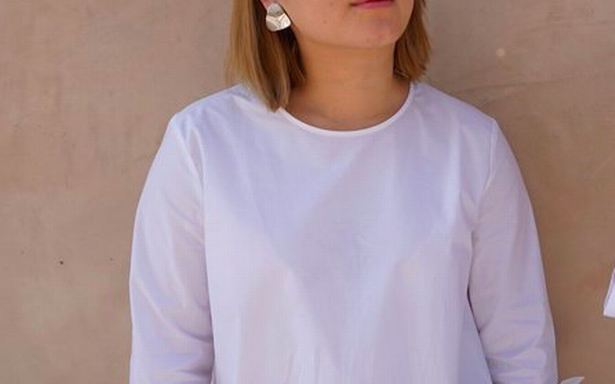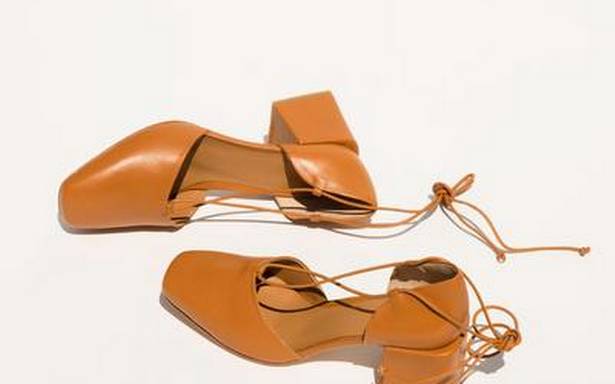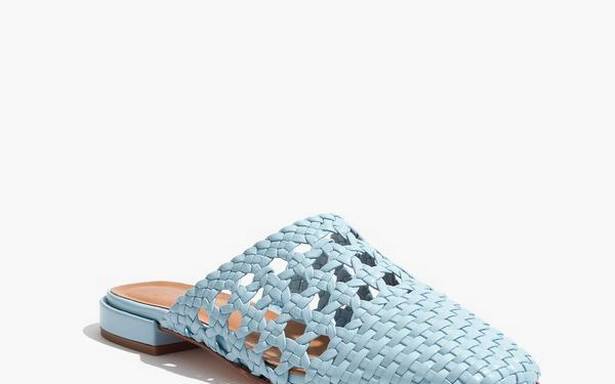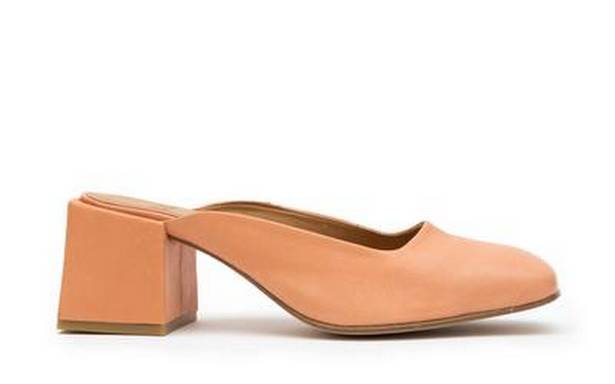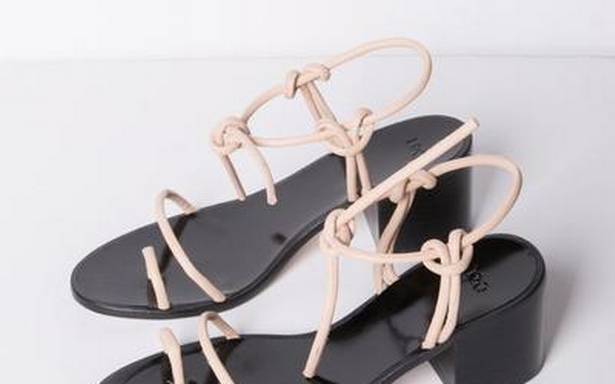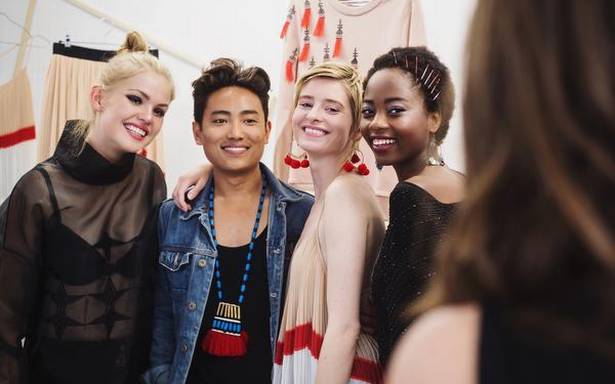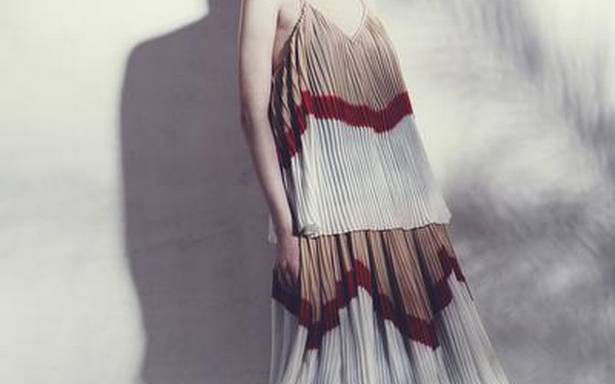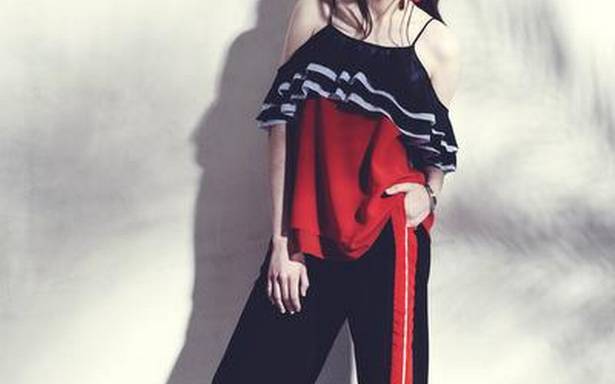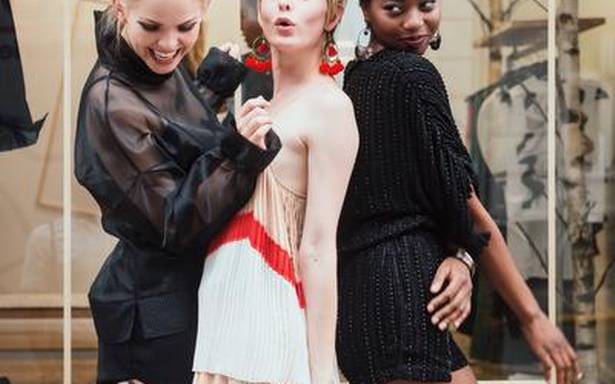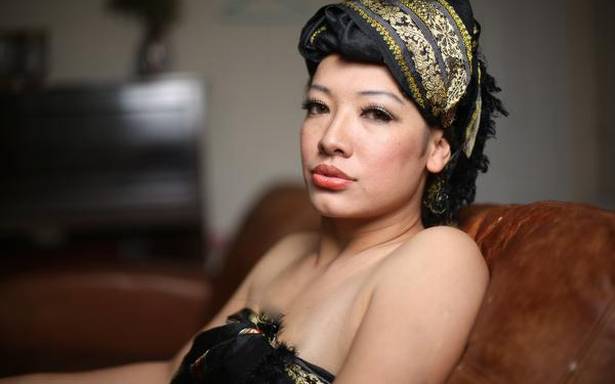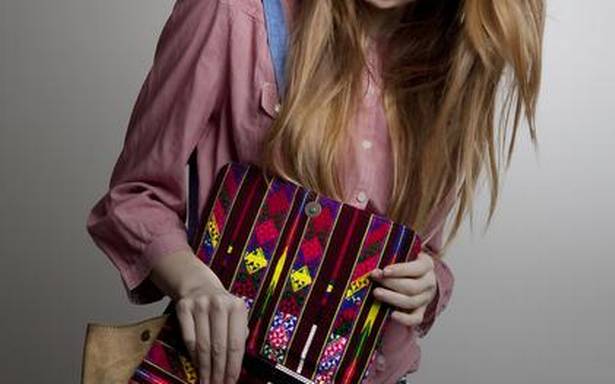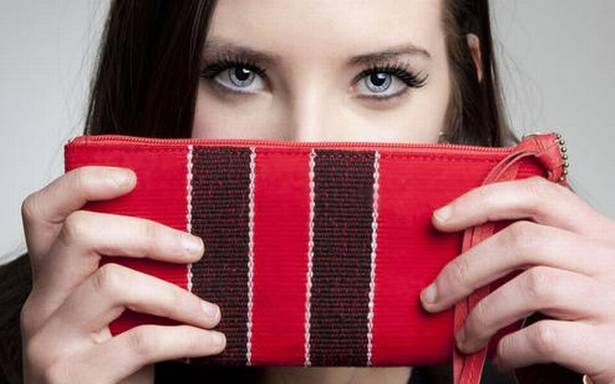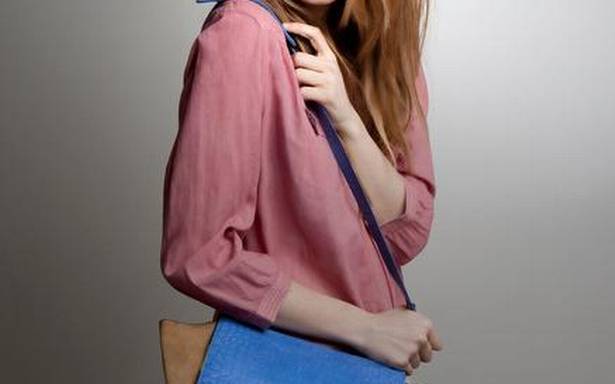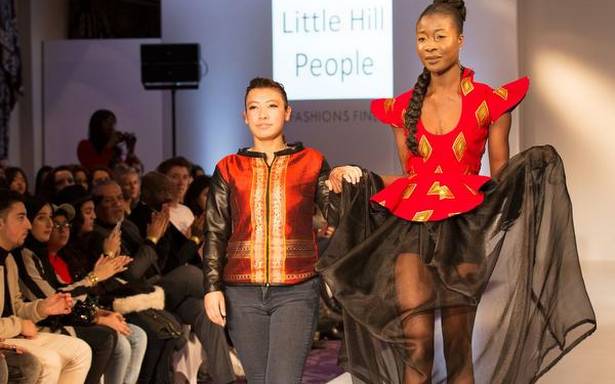 We’ve spotted Madonna, Freida Pinto and Sonam Kapoor in them. Meet six designers from the Northeast who are building on their heritage to rock the world stage
We’ve spotted Madonna, Freida Pinto and Sonam Kapoor in them. Meet six designers from the Northeast who are building on their heritage to rock the world stage
Chic, edgy, polished — adjectives come easily when you describe the Northeast sense of style. A standby of fashion magazine editorials, especially their street swag, it inspires Instagram envy. While the influences of music and television are indisputable — of late, many are looking to K-pop — Edward Lalrempuia, fashion director of Harper’s Bazaar, believes history may also have a role to play. “Our tribes wore minimal clothing. Then missionaries introduced Christianity and a western way of life, with concepts like dressing up for church in your Sunday best,” he says. Today, a few designers from the Northeast are taking this aesthetic and giving it a global run. Some like NIXONBUI pivot on tribal references, others like Atsu Sekhose introduce it subtly. And though they may not be household names, celebrities like Madonna and Kate Moss are giving them their stamp of approval. We speak to six designers who have made their mark on an international scale.
Churachandpur, Manipur
Mawi Keivom
Creative director, MAWI, London
If Madonna’s kinesiology tape-inspired Givenchy gown made people do a double take at the MET Gala last year, so did her croc-finish MAWI tote with ‘Dealer’ emblazoned across it. “The entire world was watching; to add to the fashion drama she handed the bag to (designer) Riccardo Tisci, who carried it for her. That was quite a moment,” reminisces Keivom. The 16-year-old London brand — which started off on the charm of a bracelet (Keivom had transformed a chunky 1950s pearl design with tusks, coins and skulls, making it an immediate trendsetter) — is known for its mix of heritage, industrial luxe and sculptural influences. “My heritage plays a huge part in my love of bling! I was born in Manipur, where bold tribal colours are celebrated, and lives are lived in technicolour,” says Keivom, who grew up all over the world, “experiencing many different cultures” with her diplomat parents, resulting in an adventurous aesthetic. “In tribal cultures, jewels are not just worn as body adornment but also for spiritual meaning, which I try to infuse into my own collections,” she adds.
Showcased in London, Paris and Milan, her designs have been spotted on everyone from Rihanna and Scarlett Johanssen to Deepika Padukone. “I tend to work with classic materials: crystals, pearls and semi -precious stones. I also use a variety of materials (from gold and lace to papier-mâché) depending on the season and the inspiration,” says Keivom, whose earliest fashion memory is raiding her mother’s trunks for vintage clothes which she would cut up and re-work. With a flagship store in Shoreditch and plans to expand, the brand is working on re-launching their men’s jewellery line, along with new designer collaborations (earlier ones include Selfridges, Hugo Boss and Disney). Details: mawi.co.uk
Atsu Sekhose
Designer, Atsu, New Delhi
“Creativity defines us,” says Delhi-based designer Sekhose, who recently celebrated 10 years in the fashion industry. “With our exposure to western music and fashion from South East Asia, we have a good sense of style. Also, coming from Nagaland, we grow up with a great textile aesthetic.” While his clothes may not be overtly ‘tribal inspired’ — especially the new spring/summer ’18 collection, which is retro inspired with modern silhouettes — he believes his colour sensibility reveals his roots. “There’s always a use of graphic elements, bold colours like red, black and white, and, of course, my love of stripes,” he laughs. “Once I made a collection that people called the Naga ball gowns, but they were not! But I guess the inspiration is always there.”
With a strong clientèle in the Middle East, the NIFT graduate — who apprenticed with Tarun Tahiliani and worked with Spanish high street brand ZARA, before launching ATSU in 2007 — is making headway in the US and the UK markets, especially with his prêt line. Red carpets and magazines also flaunt ATSU — like Prachi Desai’s black-and-white outfit at the GQ Best Dressed 2017 and Deepika Padukone’s Elle (December 2016) shoot. Recently, the 38-year-old, who hails from Kohima, has begun working with artisans from the Northeast. “We are doing our own colour stories now, with an eye on the international market,” says the designer, who is putting the final touches to a new home line that he will be launching by the end of this year. Details: atsu.in
Medziphema, Nagaland
Keren Longkumer
Co-founder, LOQ, Los Angeles
If her father had his way, Longkumer would be an IAS officer today. “But I slyly applied to fashion schools in the US,” reveals the co-founder of LOQ. Today, the two-year-old footwear brand is going places. Most recently, singer Solange Knowles wore their Villa (suede square-toe pumps) in her video, Don’t Touch My Hair, and the Xavi (tubular strap sandals) in Cranes in the Sky. “We are now in over 50 stores, from Hong Kong and France, to New Zealand,” she explains. The 29-year-old met her business partner, Valerie Quant, during her last quarter at the Fashion Institute of Design & Merchandising, California — she’d chosen footwear because she was ‘tired of doing technical flat sketches for apparel’. “I had so much fun researching and drawing shoes, I realised I could do this for life,” says Longkumer, whose earliest memory of shoes is trying on her mum’s royal blue, pointy-toe suede pumps. “I remember asking her to save them for when I grow up. I think that memory subconsciously inspired me to pursue footwear design,” she adds.
Architecture and design are big inspirations — architects Rudolph Schindler, Luis Barragan and Alvar Aalto are favourites — and simple and timeless are keywords. Think block heels that are just slightly oversized, handwoven goat leather mules and ankle boots with zippers that run along the front. Often working from opposite sides of the world (Longkumer from Delhi and Nagaland, and Quant from LA), they share sketches via email or WhatsApp and get their designs finished in their factory in Spain. “I’ve not yet incorporated northeastern sensibilities into my designs, but I’ve been working on a small project with some craftsmen,” she concludes. Details: loq.us
Dimapur, Nagaland
Shenali Sema
Co-founder, Untitled Co, New Delhi
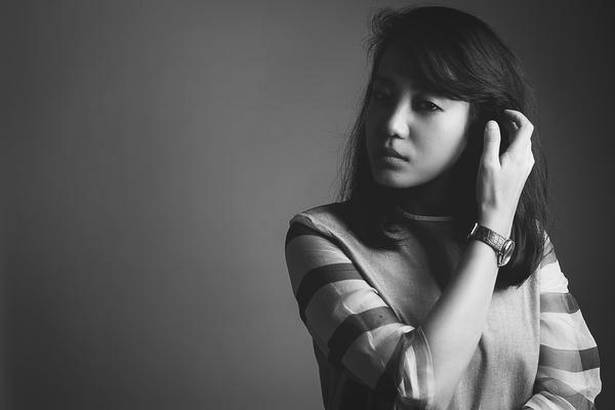
The brand name, Untitled Co, says nothing, yet says a lot. “Our view of design is constantly evolving; incomplete and unfinished at every stage, with room for growth — like an untitled piece of art. We wanted to create a space that nurtures this thought process,” begins Sema. Launched in February this year, the label — that showcased the first collection at LFW — is part of Untitled Design India, a company she started with business partner, Rinzin Lama, in 2015.
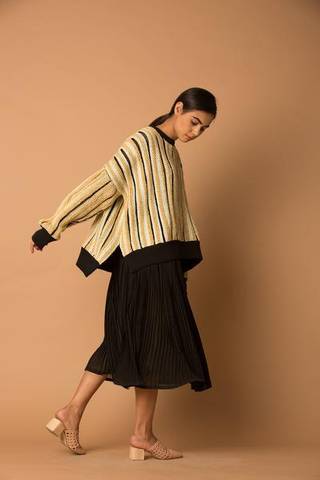
“We function as an export house and work with design teams of various international brands to put together runway collections. We also work as creative consultants for export houses in India,” says the 33-year-old, who was drawn to textiles as a preschooler, with “my mother’s old magazines of Lady Di keeping me company”.
With her work featured in Vogue, Elle, Grazia and Surface Asia, the designer from Nagaland says the region, “known for its rich craft and textile heritage”, greatly influenced her perception of design. “Our approach to design is driven by varied interpretations of traditional embroidery techniques, surface treatments and fabric manipulation,” she adds. Sema is currently working with a group of NID designers to start a collaborative platform that involves the exchange of design and techniques with craftspeople from the Northeast and elsewhere in India. Details: untitleddesignin.co
Daporijo, Arunachal Pradesh
Nixon Bui
Designer, NIXONBUI, Copenhagen
When business school didn’t satisfy him, Nixon Bui decided to stay back in Copenhagen to pursue his other interest, design. “It was always there, the fascination for design and art, to create something out of nothing,” says Bui, who credits his interest to his mother, a crafts teacher. “NIXONBUI (launched in 2014) offered a way to connect my love for my heritage and tribal roots with my passion,” he adds.
Growing up in Arunachal Pradesh gave him an unending source of inspiration, believes the self-taught designer. “One of the best things is our relationship with nature, be it in the form of mountains, rivers, and the jungle. I come from the Tagin tribe where we regard the sun and moon as deities,” he explains. So you will find flowy silhouettes, highlights of red, and even representations of the people. “One of my successful designs is a denim jacket with the face of an Arunachali tribal woman embroidered on it,” he shares.
With two collections a year, Bui’s mashups of urban wear and tribal-inspired designs are balanced out with detailed handworked techniques. “Scandinavian design is minimalist, while tribal motifs are bold. But there is geometric base to both,” says the 30-year-old, who participated in the Copenhagen Fashion Week this year and is planning an event in Itanagar this December. Details: nixonbui.com
Shillong, Meghalaya
Stacey Syiem
CEO, Little Hill People, West Yorkshire
A self-taught designer, Syiem has been at it from the age of eight. “I used to help my grandmother on her hand loom, then I began making clothes for myself and my friends. I would spend ages reading fashion magazines, studying how I could incorporate a contemporary aesthetic into our handloom,” says the West Yorkshire-based designer. While Little Hill People began with bags in 2013 — their Gabil messenger bag, with a traditional arrow motif, is popular — the sustainable ‘urban tribal’ brand soon got into clothes. TV personality Pascal Craymer was recently spotted in one of their dresses with khasi dhara trimming.
“Luxury shoppers love things that have a story. That’s how the brand was born,” says the 33-year-old, who works with a team of artisans back home to manufacture them. “Going forward, I’d like to team up with the government and set up an industrial unit.” With a few outings at the London Fashion Week, and an upcoming showcase at the Independent London Fashion Week in 2018, she says the brand is now expanding to Europe, with Sweden being their newest stockist. Syiem is currently working on a collection that will also use saris woven in the Northeast, along with appliqué and embroidery. Details: littlehillpeople.com
Source: The Hindu

